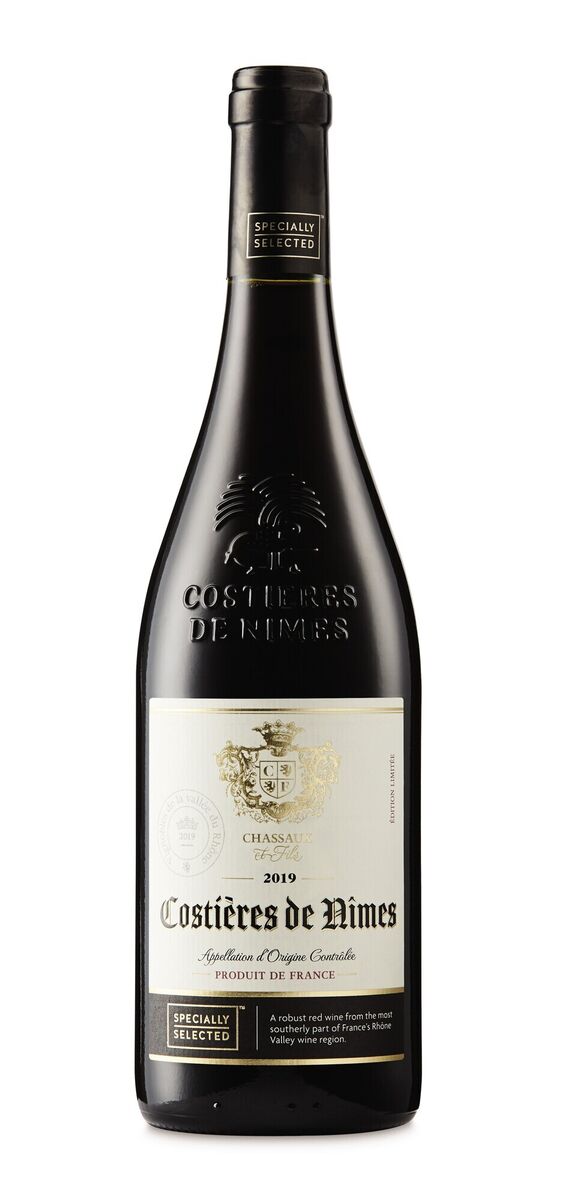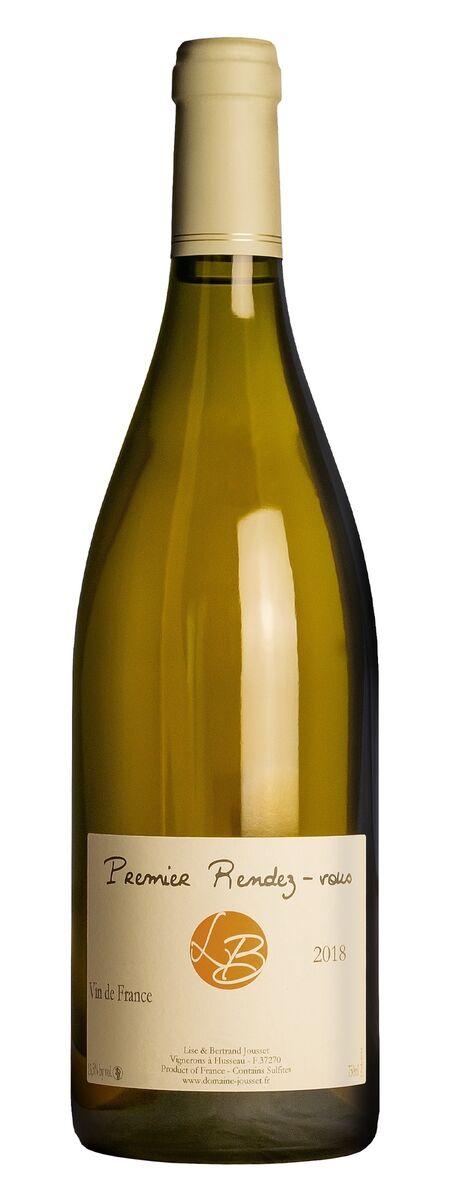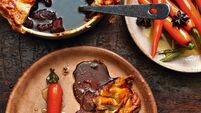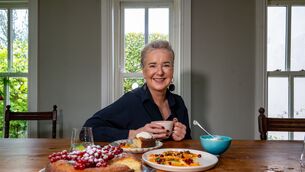Wine with Leslie Williams: The lowdown on noble Chenin Blanc

Pic: Maura Hickey.
This week I want to try to sell you on Chenin Blanc, a grape variety you have probably heard of, but most likely rarely buy or choose in a restaurant.
Chenin Blanc is native to the Loire Valley and has been grown there at least since the 15th Century - DNA analysis indicates it is an offspring of Savagnin, a sibling to Sauvignon Blanc and an aunt of Cabernet Sauvignon; so it is just that it is considered a ‘noble’ grape variety.
The fame of Chenin Blanc rests with the great dry and dessert wines of the Loire Valley although in recent years some excellent old vine Chenin from South Africa has helped widen its fame.
South Africa has a huge quantity of Chenin vines but most is used for rather neutral white wine as it will happily provide large crops if the weather is warm and it is left to its own devices. Sadly Chenin plantings are declining, likely helped by the fact that it is rather unloved by consumers and hence not the easiest wine to sell or export.
And yet at its best Chenin Blanc can be extraordinary, tasting of lime essence, honey, straw and apples sometimes all at the same time.
In the Loire it is hugely versatile as is used for the exquisite dessert wines of Vouvray, Bonnezeaux and Côteaux-du-Layon, for nervy sparkling tangy Vouvray, Saumur and Crémant de Loire, for aperitif demi-sec and moelleux style wines and for the complex long-lived dry wines in Vouvray, and best of all (for me) in Savennières.
To get the best from Chenin Blanc you need to be patient and pick as late as possible. The Loire is quite northerly and you may need to wait (and pray) for sunshine in late September and into October to get fully ripe grapes.
You will likely have to visit the vineyards two, three or more times to ensure you are picking ripe grapes and of course to get the precious botrytis influenced grapes for the best dessert wines.
If you pick too early you will make a perfectly pleasant but often rather unremarkable wine and this is why there are no Chenin Blanc recommendations under €15 this week. Other names to watch for include Dom. Baumard, Huet and Brédif or ask advice from your local wine merchant.
Selections this week includes three quality Loire Chenin Blancs that have not appeared here before, two new wines from Lidl’s September Wine Sale and one from the new Aldi Autumn-Winter range.

This surprised me, classic Chardonnay aromas with melon and tropical notes, clean and fruity on the palate with some complexity and balance. I also liked the new fragrant peachy Viognier IGP (€9.99) with its pineapple and peach notes and the Dom des Deux Vallons Muscadet (€9.99) which had some sappy ripe fruits and a lively palate with a bit of weight allied to its crispness.

This was probably my favourite of the reds from Lidl’s new range, ripe soft spice and red fruit Grenache aromas and flavours, round and ripe on the palate with nice cherry fruits. You could also try the new floral and juicy La Croix des Célestins Beaujolais (€9.99) and the Bourgogne Pinot Noir at €10.99 which had unusually good weight and texture for the price.

Aldi has restocked its shelves with some new wines for the Autumn including a Blaufränkisch and a German Pinot among the lesser-spotted wines - more in the coming weeks. I particularly liked this Costières de Nîmes for all its rich purple fruits and dark chunky richness, a distinct bargain at this price. The AOP is technically closer to the Languedoc but always has that rich S.Rhône spicy richness.

From the Loire-et-Cher Department to the East of Tours in the heart of goat cheese country this is a solid example of the fruit/texture/freshness balance in the best Loire Chenin. Aromas of ripe pear and almonds, dry and steely but with complex layers of fruits and a crisp stony freshness on the finish. Try with some Valençay or better still some St. Tola goats cheese from Co. Clare.

I’m delighted to see that David Whelehan has begun importing this producer whose wines have been off our shelves for a few years - on sale at the moment and reduced from €19. This has a more creamy honeyed aroma and softer texture but retains that typical steely fresh Chenin finish. I can see this ageing nicely but it is pristine right now.

This is one of the new low intervention (‘natural’) wines imported by Wines Direct. This estate has not used pesticides or chemicals since 2004 and has a good stock of old vines up to 70 years old. This is quite different to the other Chenin above with floral and peachy fruit aromas, creamy soft and round on the palate with pure apple and honeyed pear on the palate and a long long finish.






